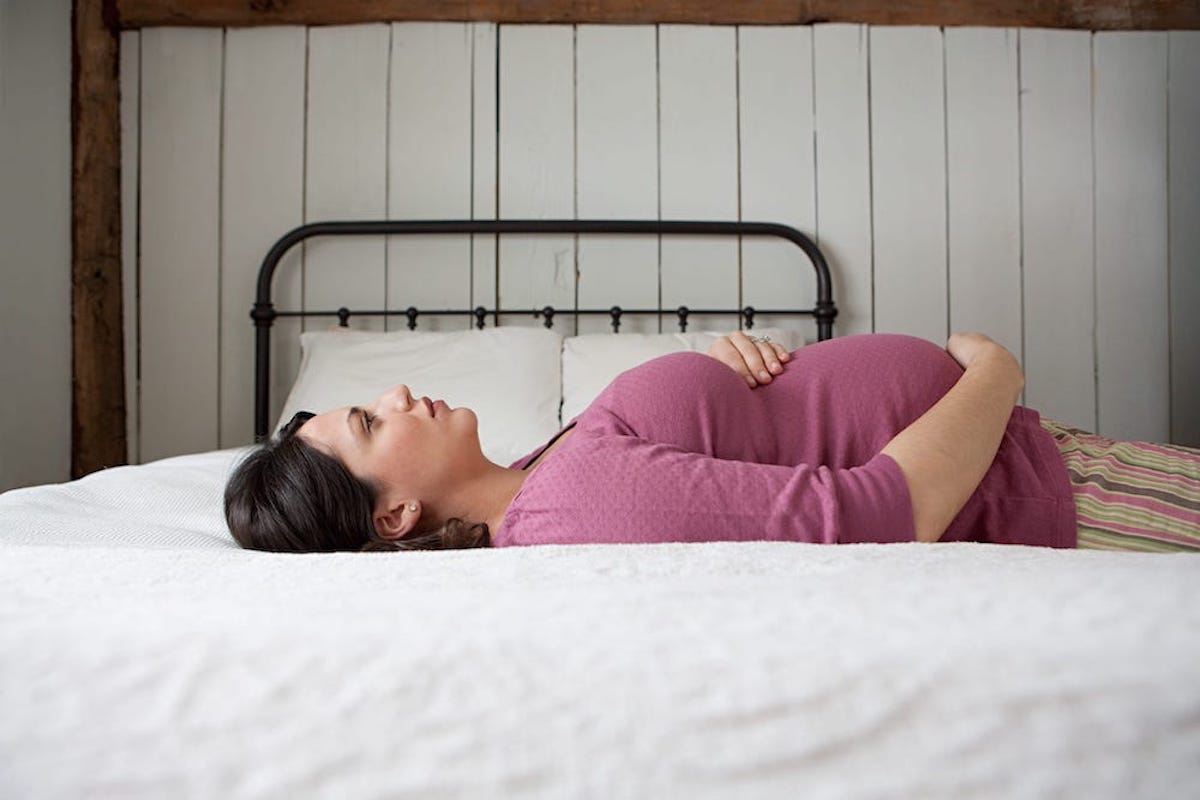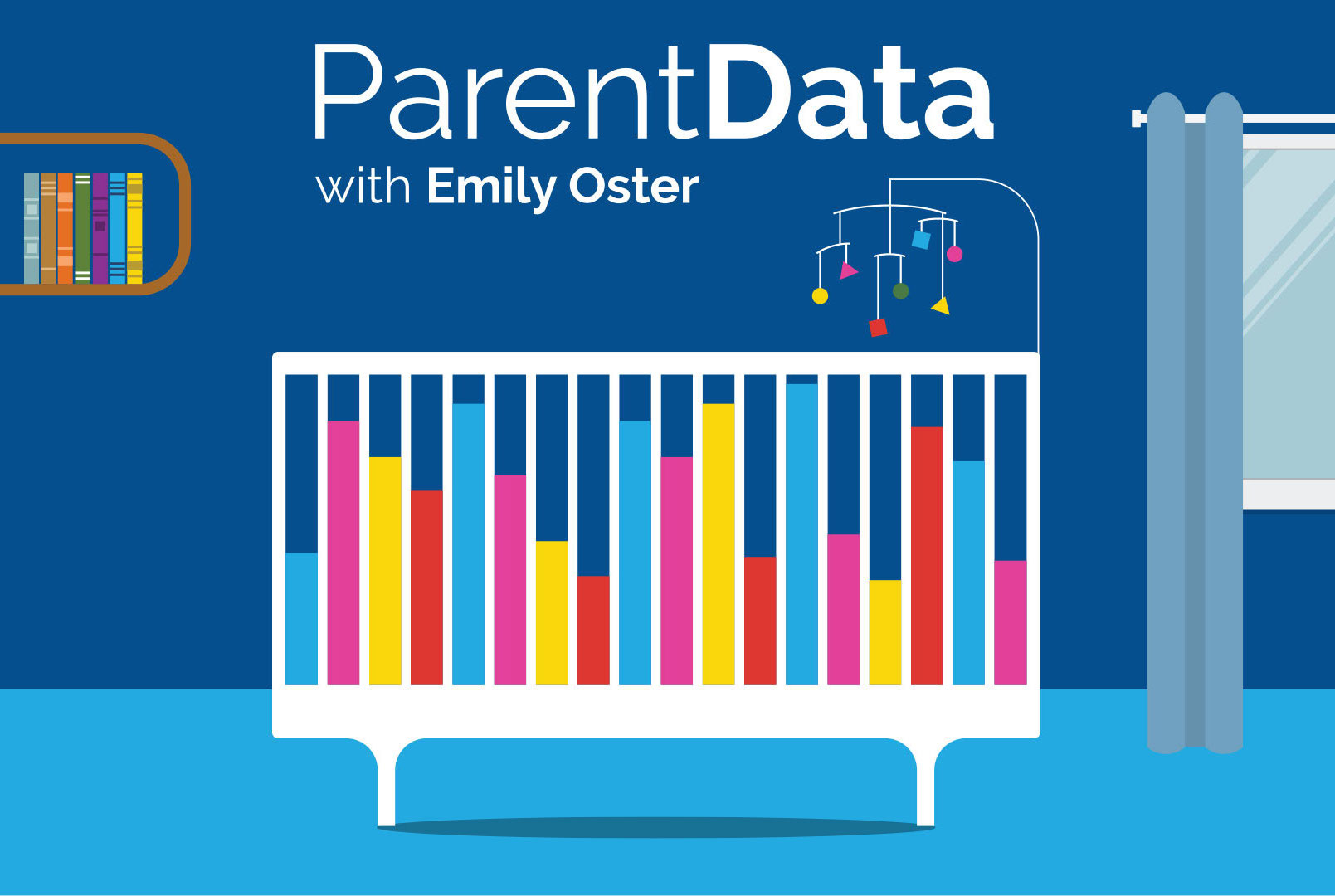I’m 38 years old (AMA [advanced maternal age]), expecting my first. I’ve been lucky to have a very straightforward pregnancy through the first 35 weeks. Just had an in-depth conversation with my doctor about options if it gets to be past my due date. Based on friends’ experiences, induction sounds miserable, especially how long one tends to be in the hospital. My doctor told us about Dilapam as an option that allows us to head home (and happens to be non-pharmacological). Sounds like it isn’t new, but it’s new to me. What research can you share?
—Hoping spontaneous labor makes this moot
For this question, I called on Nate Fox, my friend and sometime collaborator, who is a maternal fetal medicine doctor in New York. His answer is below. My bottom line: This could be a good option for you, but it will not eliminate the need for some hospital induction time. —Emily
At the end of pregnancy, the cervix naturally begins to soften, shorten, and dilate a little, and then in labor the uterus begins to contract and the water breaks (these do not always happen in that order). If someone is having their labor induced, what needs to be done will sometimes differ based on how far along she already is in this natural process. For example, if someone’s cervix is already 3 centimeters dilated, soft, and short, all that needs to be done is to give oxytocin to induce contractions and break her water (sometimes you only need to break the water). However, if someone’s cervix is closed and long (sometimes called “unfavorable” or “unripe”), usually something is done first to “ripen” the cervix.
Cervical ripening agents can be pharmacological or mechanical. Pharmacologic options are usually a form of prostaglandin and include Cervidil and Cytotec. These are usually administered in the hospital. Mechanical cervical ripening prior to labor induction usually involves a cervical balloon, but in some places they use Dilipam, which is an “osmotic dilator.” Osmotic dilators are inserted into the cervix, and then over time they absorb water and swell, thereby opening the cervix. Mechanical dilation can be done prior to, or at the same time as, other agents such as prostaglandins or oxytocin.
Traditionally, mechanical dilation has also been done in the hospital, but some centers have begun offering this as an outpatient option (as you’ve been offered). The Dilipam would be inserted in the doctor’s office or on the labor floor, and then you go home and wait until either (1) it falls out, (2) you go into labor, or (3) a certain amount of time has passed. In the U.K., about 17% of mechanical ripening is done as an outpatient. In the U.S., it is much less common currently. Safety data are reassuring but limited.
Having mechanical ripening at home does not shorten the time of the induction, nor lessen the pain as compared with inpatient. But for someone who prefers to be at home as much as possible, it is a reasonable option, if your doctor and hospital offer it.















Log in